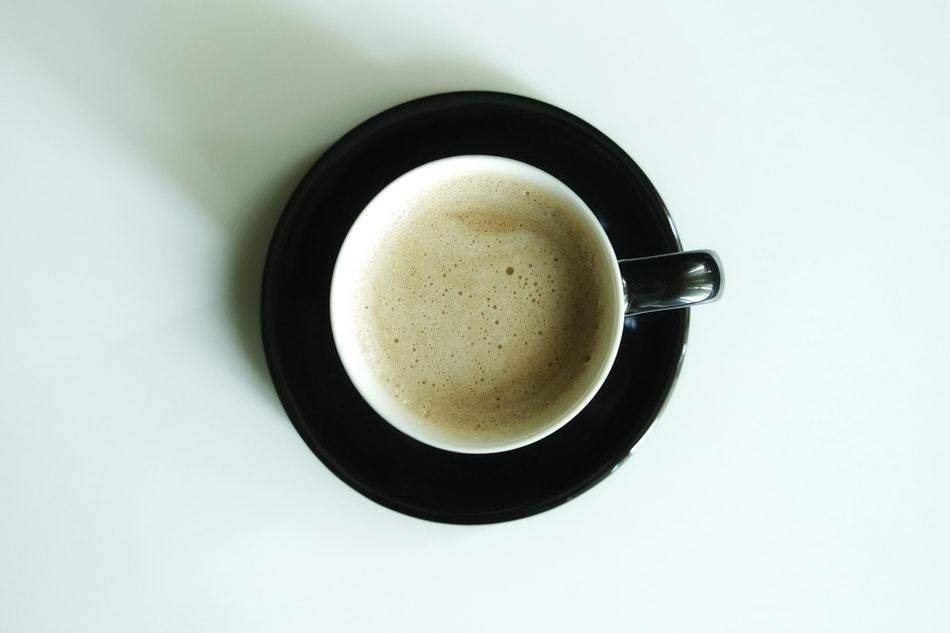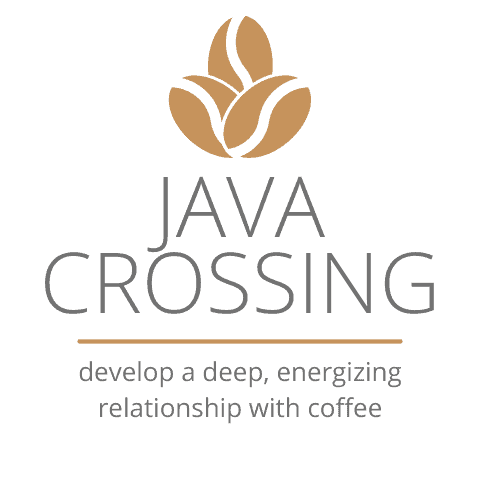There is a lot of debate among coffee aficionados about the question, is ristretto stronger than espresso? As you read I will explore the difference between these two types of espresso and try to determine which one is stronger. I will also look at the history and origins of both drinks and discuss how they are made. Stay tuned – it’s going to be a caffeine-filled ride!
Ristretto is not stronger than espresso. Ristretto is a more concentrated form of coffee, so it has a higher caffeine content per shot. However, espresso typically has more caffeine per serving than ristretto because espresso is generally served in larger servings while ristretto is served in a smaller cup.
So What Is Ristretto?
Ristretto is an espresso-based coffee drink that is traditionally made with a smaller amount of water than regular espresso. This results in a more concentrated shot of coffee, which has a higher proportion of coffee oils and suspended solids.
While ristretto is typically made with fewer grounds than regular espresso, it can also be made using the same amount of coffee grounds as espresso. The difference lies in the grind size; for ristretto, a finer grind is used to achieve a slower extraction time. This results in a more intense flavor profile and a thicker body.
History Of Ristretto
Ristretto is a coffee brewing method that produces a concentrated shot of coffee. It is typically made with a higher ratio of coffee grounds to water than other methods, resulting in a more intense flavor. The name “ristretto” comes from the Italian word for “restricted” or “limited”, referring to the smaller amount of water used in the brewing process.
Ristretto has its origins in Italy, where it was developed as an alternative to espresso. Ristretto gained popularity in the United States in the 1990s, when American coffee culture began to embrace Italian brewing methods. Today, ristretto is enjoyed by coffee lovers around the world as a delicious way to enjoy a concentrated shot of coffee. Thanks to its intense flavor and lower caffeine content, ristretto is the perfect choice for those looking for an alternative to traditional espresso.

What Is Espresso?
Espresso is a coffee brewing method that was invented in Italy in the early 1900s. The word “espresso” comes from the Italian word for “express” or “fast.” This brewing method is known for its speed and efficiency, as well as its rich, full-flavored coffee. Espresso is made by forcing hot water through finely-ground coffee beans at high pressure. This creates a concentrated shot of coffee with a thick layer of foam on top.
Espresso is the base for many popular coffee drinks, such as cappuccinos, lattes, and Americanos. It can also be enjoyed on its own. When made correctly, espresso has a sweet, complex flavor with notes of chocolate, caramel, and nuts. It is often used as a base for other coffee drinks because of its strong flavor.
History Of Espresso
Espresso is a coffee brewing method that was invented in Italy in the early 1900s. The espresso machine was invented in 1884 by Angelo Moriondo of Turin, Italy. Espresso machines were first commercialized in 1901 by Luigi Bezzera.
The first espresso bar opened in Rome, Italy in 1938. Today, there are thousands of espresso bars around the world serving this popular coffee drink. There are now many variations of espresso including cappuccino, latte, macchiato, and mocha. Espresso can also be flavored with syrups, spices, and other ingredients.
How To Make Espresso
You can make espresso at home with an espresso machine or using a stovetop espresso maker. To make espresso, you will need:
- Finely ground coffee beans
- An espresso machine or stovetop espresso maker
- A measuring scoop or tablespoons
- A tamper (for an espresso machine)
- A milk frother (optional)
Here are the steps for making espresso:
- Place the ground coffee into the portafilter. Tamp the grounds to compress them using the tamper.
- Attach the portafilter to the espresso machine and lock it in place. Place a measuring scoop or tablespoons of water into the water reservoir.
- Press the button to start brewing and wait for the espresso to dispense into your cup. If you are using a stovetop espresso maker, place it on the stove over medium heat and wait for the coffee to brew.
- Stir milk frother into your espresso (optional). Enjoy!
Espresso is best served fresh and piping hot. If you want iced espresso, pour it over ice cubes and enjoy immediately. You can also store leftover espresso in an airtight container in the fridge for up to 24 hours. Reheat before serving.

How To Make Ristretto
If you want to try making ristretto at home, here is what you will need:
- Coffee beans
- Freshly filtered water
- A grinder
- An espresso machine
Here are the steps
- To start, grind your beans to a medium-fine grind. You will need about 18 grams of coffee for every ounce of water you plan on using. For example, if you are using six ounces of water, you will need 108 grams of coffee beans.
- Next, bring your water to a boil and let it cool for about 30 seconds before adding it to your espresso machine.
- Once the water is in the machine, add your grounds and tamp them down. Tamping is an important step in making espresso because it ensures that the water evenly flows through the grounds.
- Now it’s time to brew! Start by heating your espresso machine and then pull a shot. The entire process should take between 25-and 30 seconds.
You should see a dark brown liquid with a thick crema on top. If your shot looks thin or watered down, that means you didn’t use enough coffee beans. If it looks too dark or burnt, that means you used too many beans.
Final Words
The caffeine in espresso is more powerful than that of ristretto, so if you’re looking for a quick pick-me-up then nothing beats an early morning shot or two. The bottom line is that it depends on your preferences, you can choose anyone and you’d still have a caffeine kick. Do you have a favorite between ristretto and espresso? Let me know in the comments below! Thanks for reading!
Related Articles

